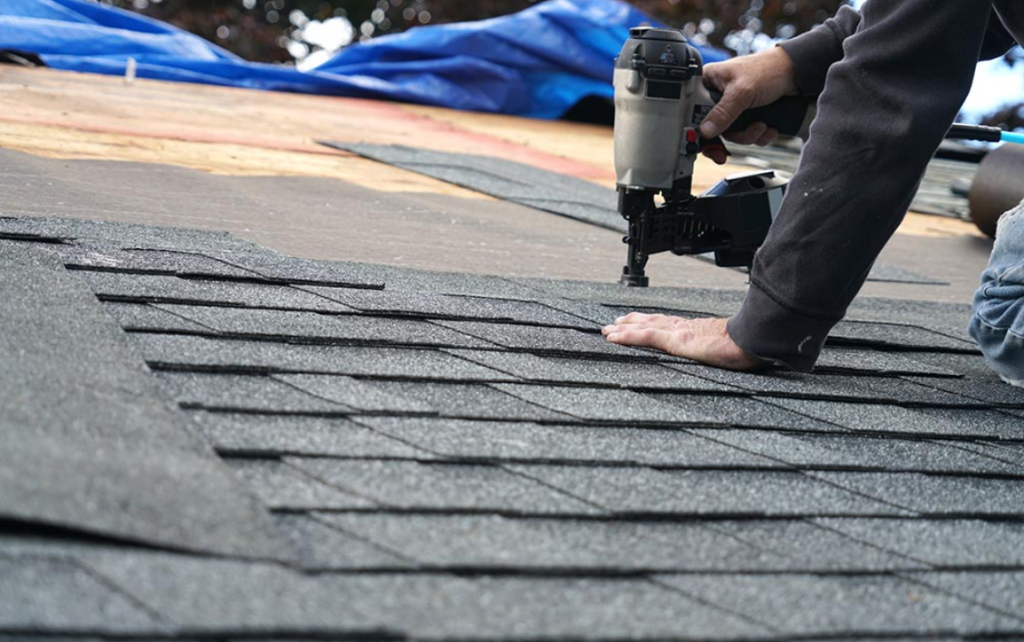As a modern-day Daedalus, architecture continues to shape and redefine the skylines of our cities, transcending the realms of aesthetics to embrace functionality and environmental sustainability.
The evolution of architectural design has seen an innovative shift towards roof replacement techniques that not only renovate structures but also contribute significantly towards environmental conservation. With the advent of eco-friendly roofing alternatives, architects are now directing their focus on creating designs that are both visually appealing and beneficial for the environment.
Solar energy harnessing through sophisticated designs is another burgeoning trend in contemporary architecture. This revolution mirrors society’s increasing consciousness of renewable energy utilization as a viable means to offset carbon emissions, thereby playing its part in mitigating climate change impacts.
These cutting-edge architectural trends underline a significant transformation in societal norms which demands both aesthetic appeal and environmental responsibility from modern building designs. By fulfilling these criteria, such buildings foster a sense of belonging among individuals who are progressively aware of their role in preserving the planet for future generations.
Exploring Eco-Friendly Roofing Options
The exploration of eco-friendly roofing options reveals a trend towards innovative designs that not only respect the environment but also contribute to energy efficiency.
Materials such as cool roofs, green roofs, and solar panel installations are gaining prominence in modern architecture.
Cool roofs reflect more sunlight and absorb less heat than traditional roofs, reducing air conditioning needs and subsequently lowering energy bills.
Green roofs are covered with plants that improve a building’s insulation, reduce the urban heat island effect, aid rainwater management and enhance biodiversity within urban settings.
Solar panel installations on rooftops have become increasingly popular due to their potential to generate renewable energy while providing significant savings on electricity bills.
These technologies capitalize on underutilized rooftop spaces by transforming them into sustainable power sources.
Moreover, they integrate seamlessly with other architectural elements without compromising aesthetics or functionality.
As these eco-conscious roofing choices continue to gain traction in contemporary architectural design practices, it is evident that our skylines will progressively embody sustainability principles; a poignant reflection of society’s collective shift towards environmental responsibility and desire for community belonging through shared environmental values.
Harnessing Solar Energy through Innovative Designs
Innovative designs in contemporary architecture are increasingly incorporating solar energy harnessing features, signifying a significant shift towards sustainable practices. This paradigm shift is due to the growing awareness of the environmental implications of conventional energy sources and a concerted effort to mitigate these effects. Solar power, being an abundant and renewable source of energy, offers a viable solution that architects are leveraging through innovative design strategies.
These strategies not only enhance building aesthetics but also contribute positively to their energy profiles. The integration of solar panels into architectural elements is one such design approach gaining momentum. Traditionally mounted on rooftops or in open fields, these panels have now found their way onto facades, windows, and even tiles, offering greater flexibility for architects while maximizing solar exposure. This reimagining has spurred the development of Building-integrated Photovoltaics (BIPV), where photovoltaic materials are seamlessly integrated into the building envelope serving both as structural elements and energy producers.
BIPV systems can be incorporated into various parts of a building such as roofs, facades, or glazing surfaces in windows. Transparent solar cells have been developed which allow windows to generate electricity without obstructing views or natural light. Photovoltaic roof tiles offer another aesthetic and efficient solution for harnessing solar power. Some modern buildings incorporate smart shading devices with embedded photovoltaic cells which track the sun’s movement throughout the day for maximum efficiency.
These innovations represent more than just technological advancements; they symbolize a collective commitment towards sustainable practices. By embracing these trends in architecture and roof replacement specifically, individuals can feel part of something bigger – contributing not only to aesthetically pleasing environments but also to healthier ones for future generations.

